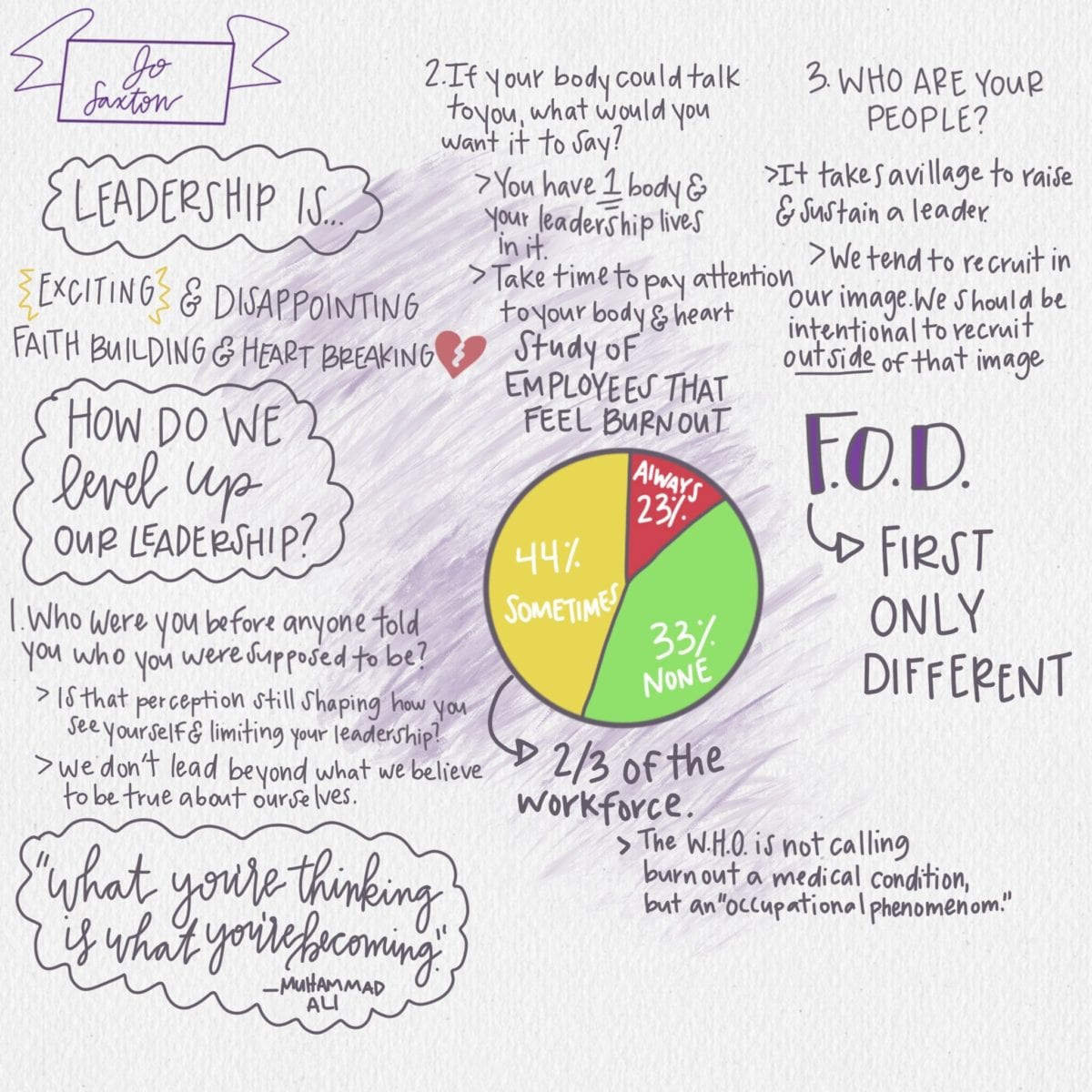
The following are notes from Jo Saxton’s talk at #GLS19. Use them to help you apply the content you learned at the Summit.
Story of Wonder Woman: When Jo was younger, her aunt gifted her a pair of Wonder Woman red boots that she wore every day until she grew out of them.
- Wonder Woman now looked like me
- When she grew out of them, she realized she had no powers and was just ordinary
We feel that we might need to be superheroes to get the job done.
- Leadership is exciting but it is also hard and challenging
- Faith-building but soul-crushing and heartbreaking
Imposter Syndrome: Regardless of your talents, qualifications or experience, you still feel like a fake and a fraud and that you don’t deserve to be in the room.
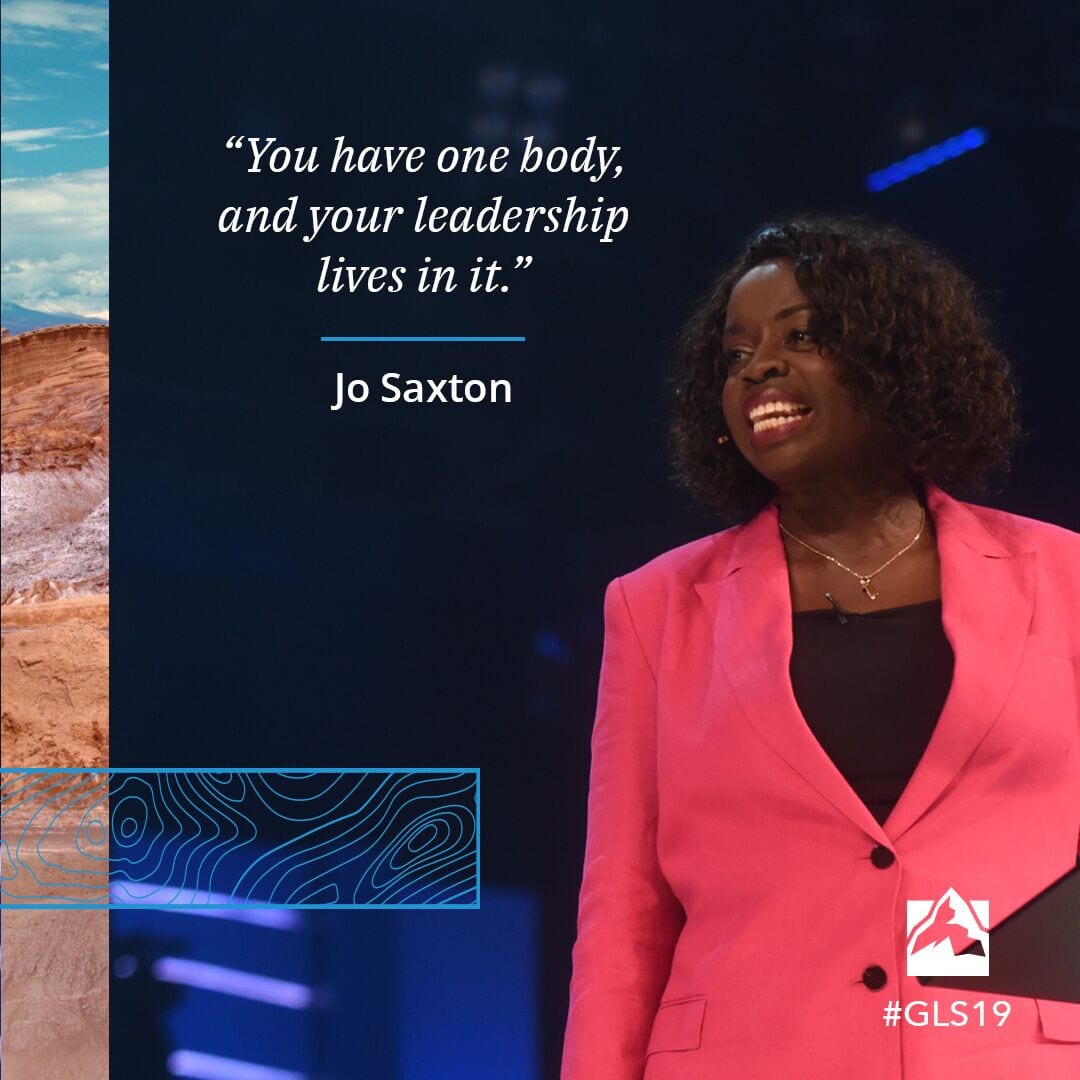
How do we level up our leadership for the challenges we are facing nowadays?
What’s happening in our lives and the lives of our leaders?
1. Who were you before anyone told you who you were supposed to be?
-
- The way you think about yourself is already shaping your leadership
- No matter where our leadership and influence lie, we’ve all experienced a few knocks and disappointments
- The stories in our mind matter; they implicate our lives and leadership
Henri Nouwen Quote: “You don’t think your way into a new kind of living. You live your way into a new kind of thinking.”
- Level up by living a new story–A story based on the truth of who you actually are, your gifts and your worth and your value
2. If your body could talk to you, what would it want to say?
Story of her heart: Jo ignored the chest pain she was having for three days and ended up in the hospital diagnosed with insomnia. She was depriving her body of what it needed, and it ended up slowing her down and hurting her.
- Couldn’t handle the pain of the team that was shattered
- S. organizations facing burnout crisis
- Of 7,500 full-time employees, 23% are burned out at work very often or always
- Burned out employees are 63% more likely to have sick days and 23% more likely to visit the emergency room
What is your body saying to you?
- Would it say you need sleep?
- Don’t try to numb me?
- Are you one breath away from burnout?
You have one body and your leadership lives in it.
3. Who are your people?
-
- A 2012 study showed 50% of all CEOs reported they are lonely
- Of that 50%, more than 60% acknowledged loneliness affected performance

Story of FOD: Shonda Rhimes writes in her book being the FOD, “The first only different.” When you’re the first of your kind in the room causes loneliness and impacts the rest of your life and can debilitate your leadership.
- The first woman in the room
- The only woman on that team
- The first black woman in a particular position
- The first black woman on a team
- No matter what causes your loneliness, nothing prepares you for the impact of its constant presence in your life, the way it debilitates your leadership
We are not superheroes. We are human.
- It takes a village to raise and sustain a leader
- Level up your leadership, not your loneliness
- As your leadership grows in the bad times, but also in the good times, have friends who know you and see you, and reach out to them
Delivering through Diversity:
- Companies in the top 25th percentile for gender diversity on their executive teams were 21% more likely to experience above average profits
Make an action plan to do these things.
Visit http://josaxton.com/gls2019 or text LEVELUP to 345-345 (U.S. only)



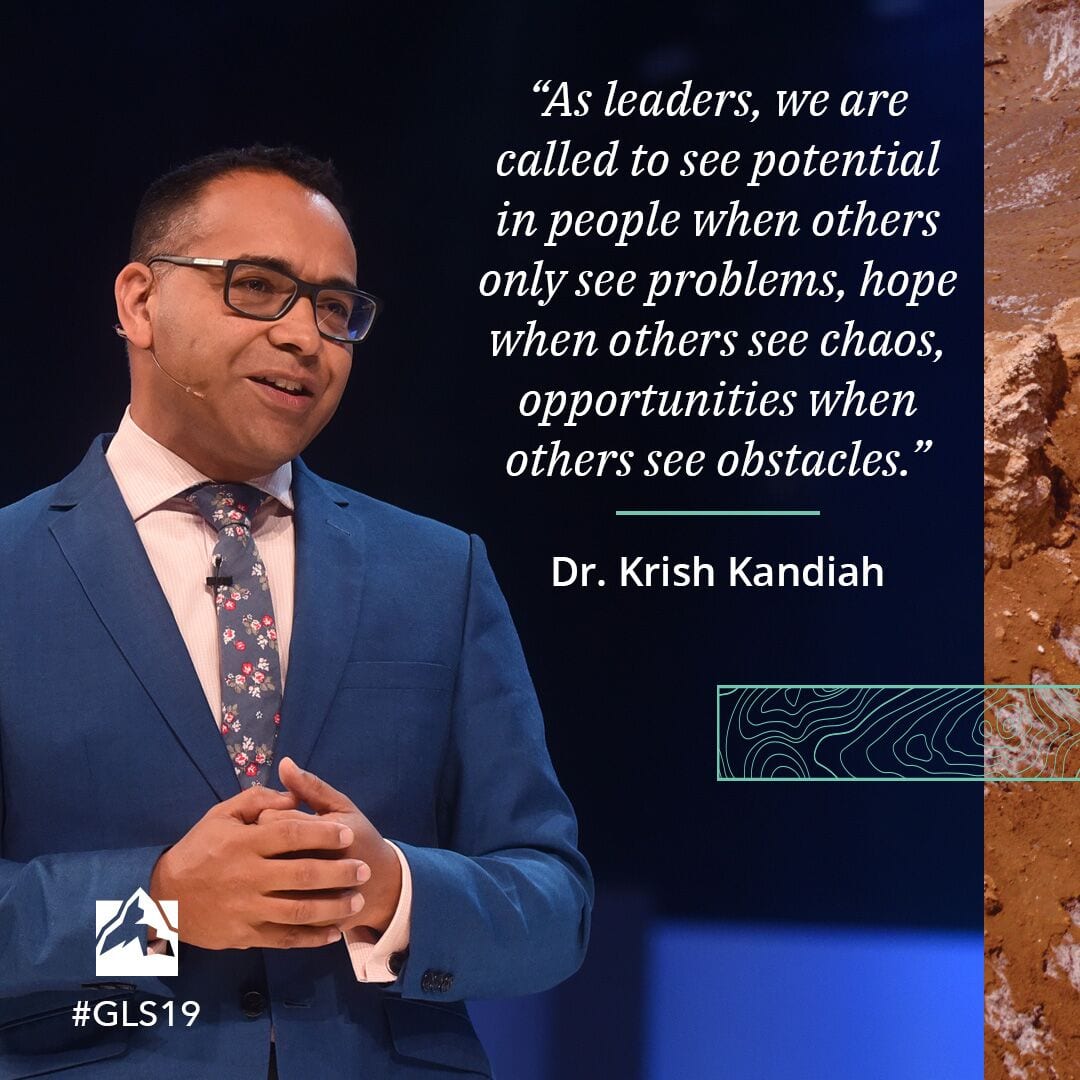
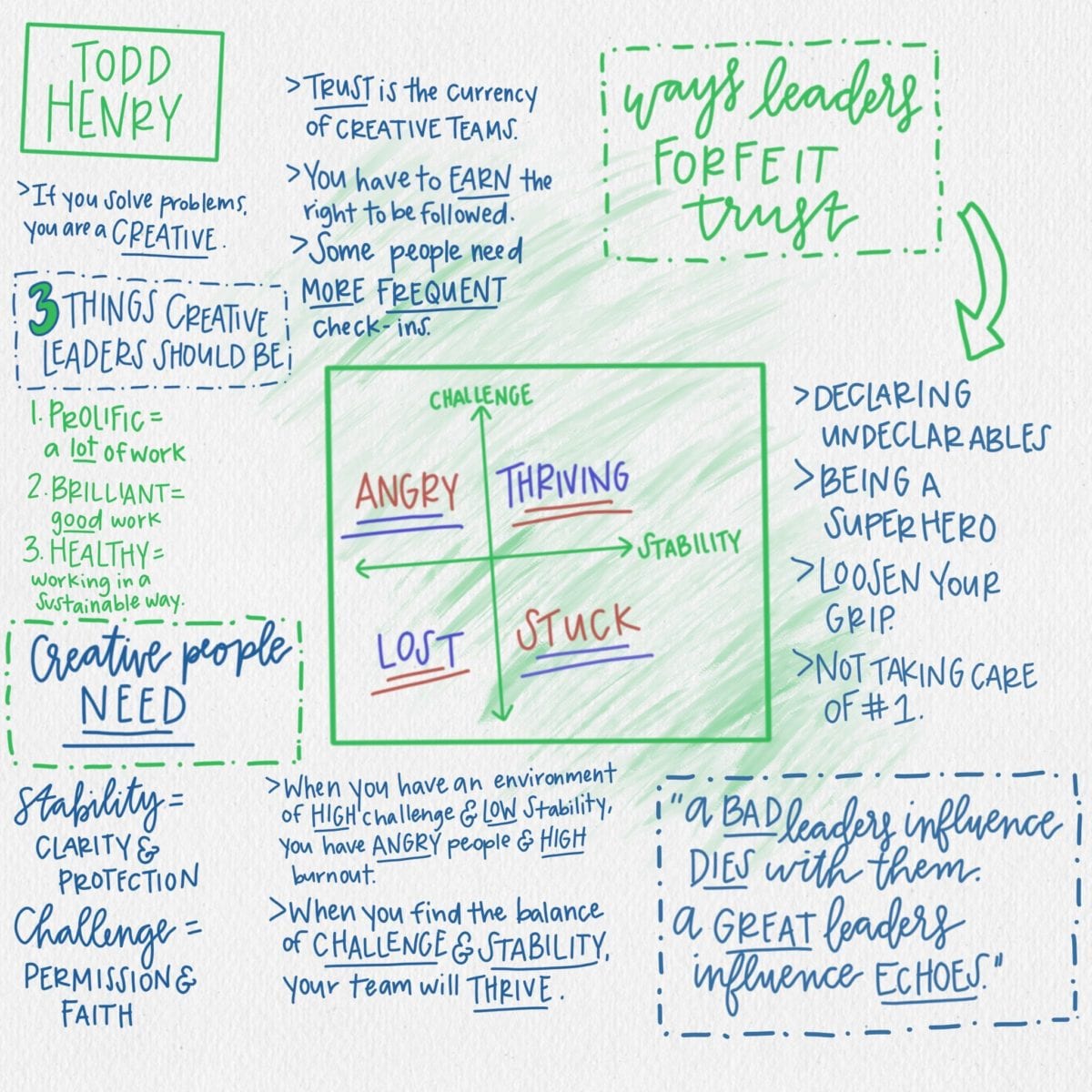
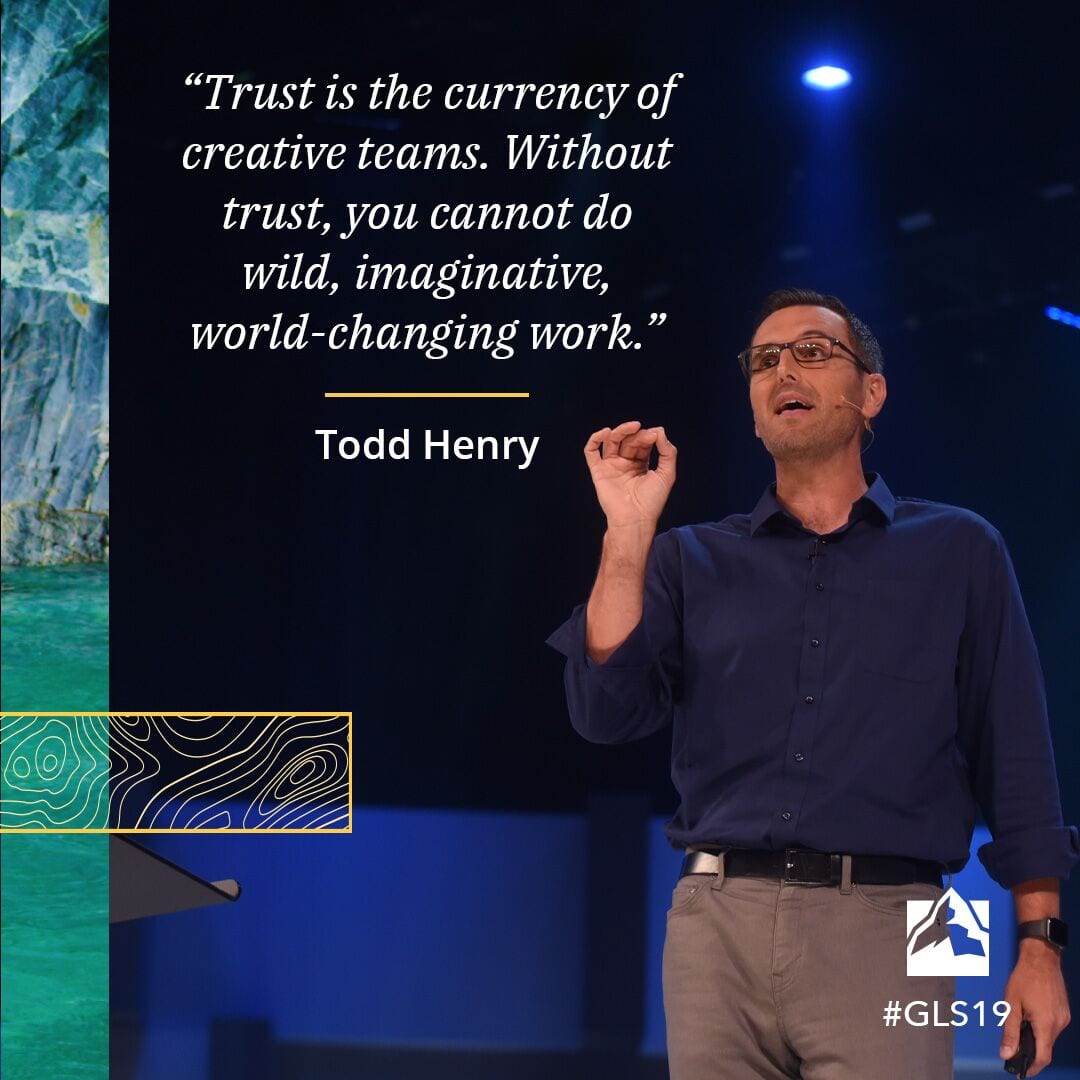
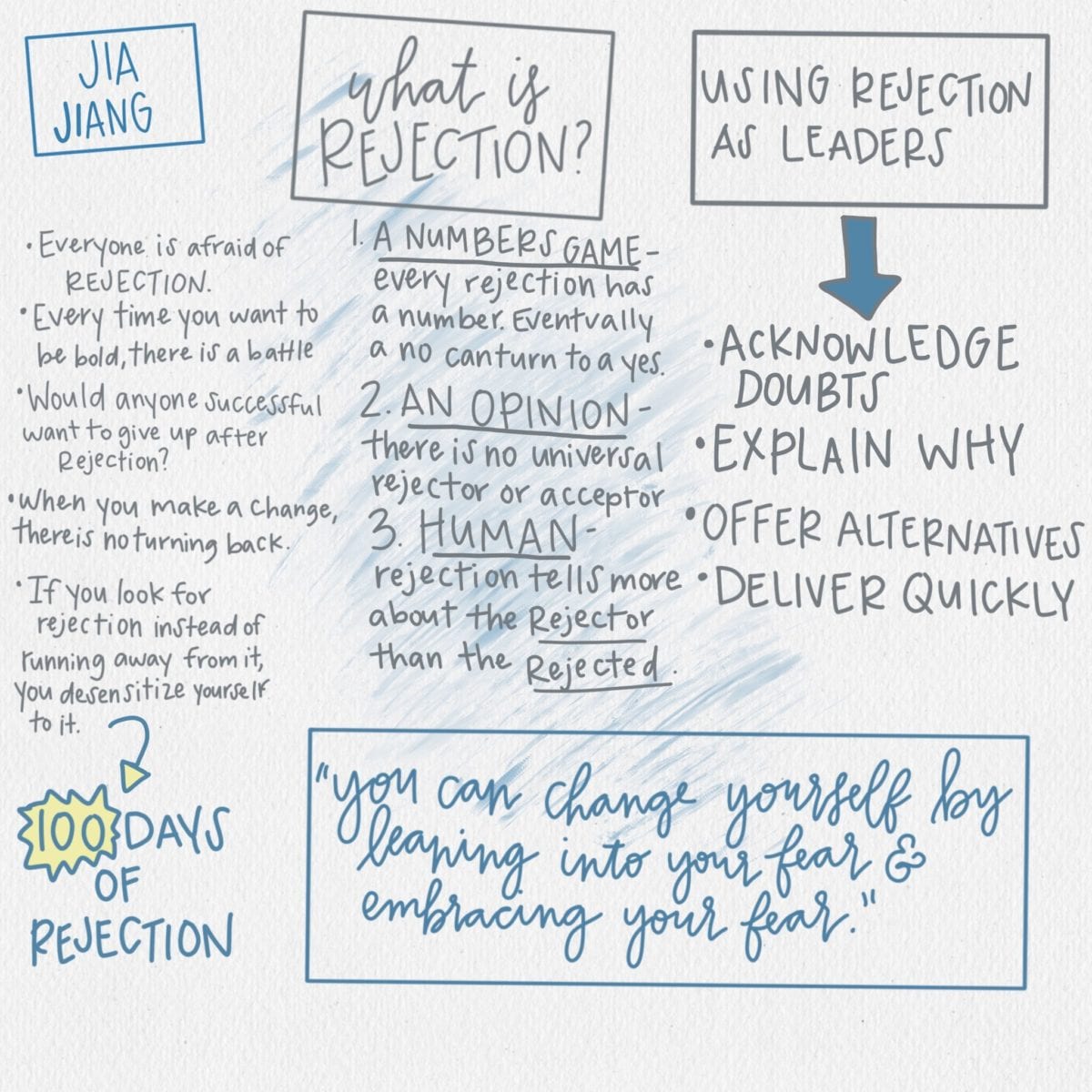
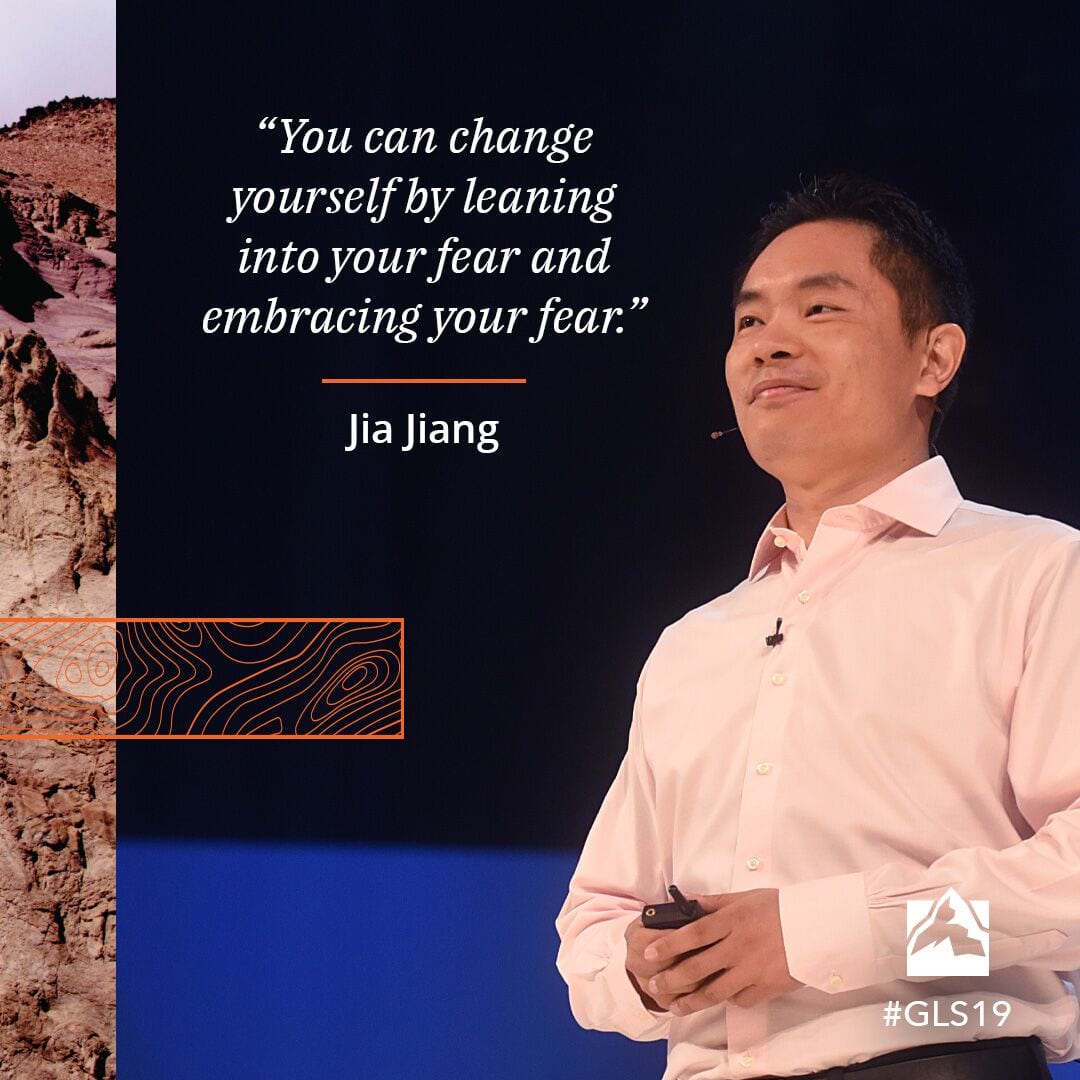
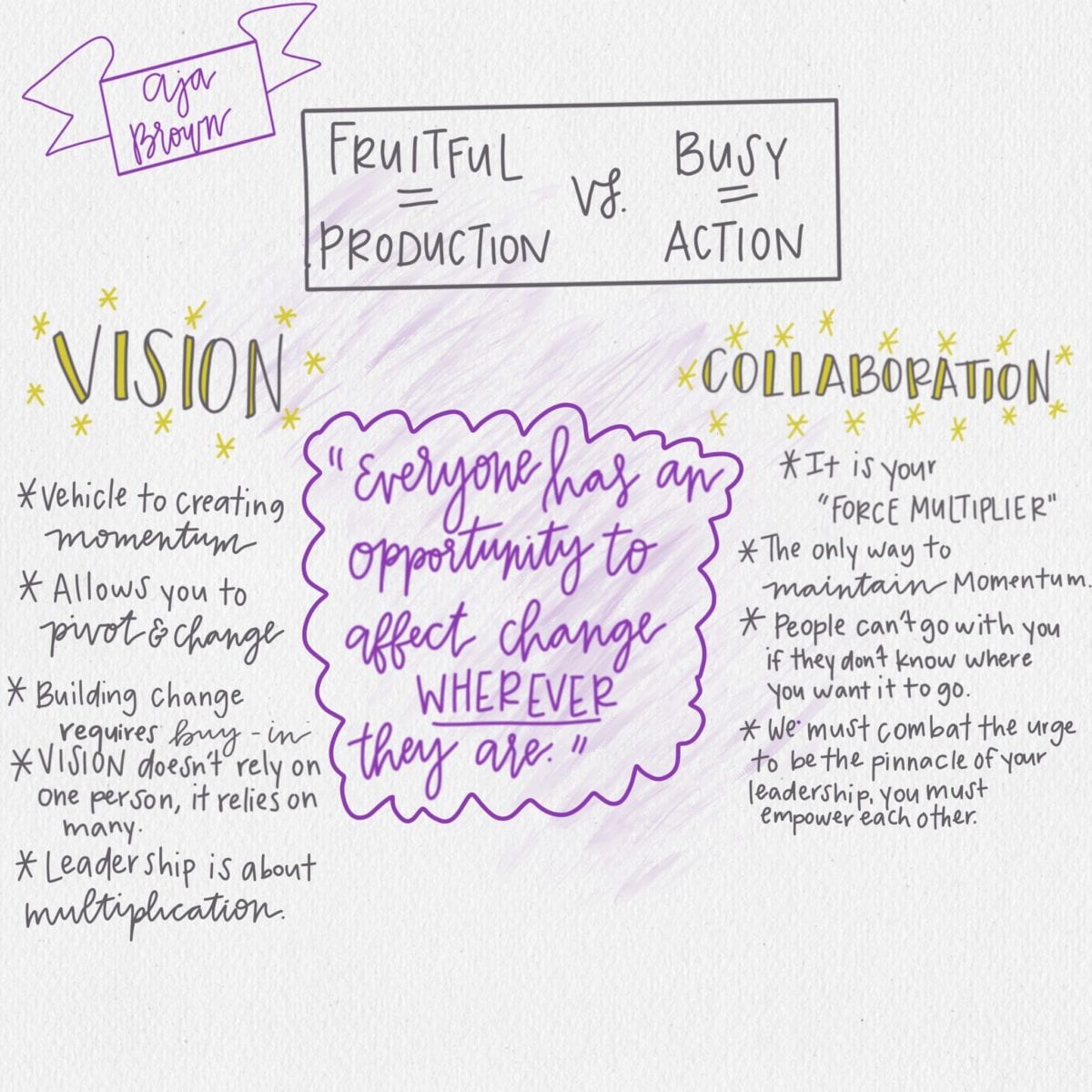






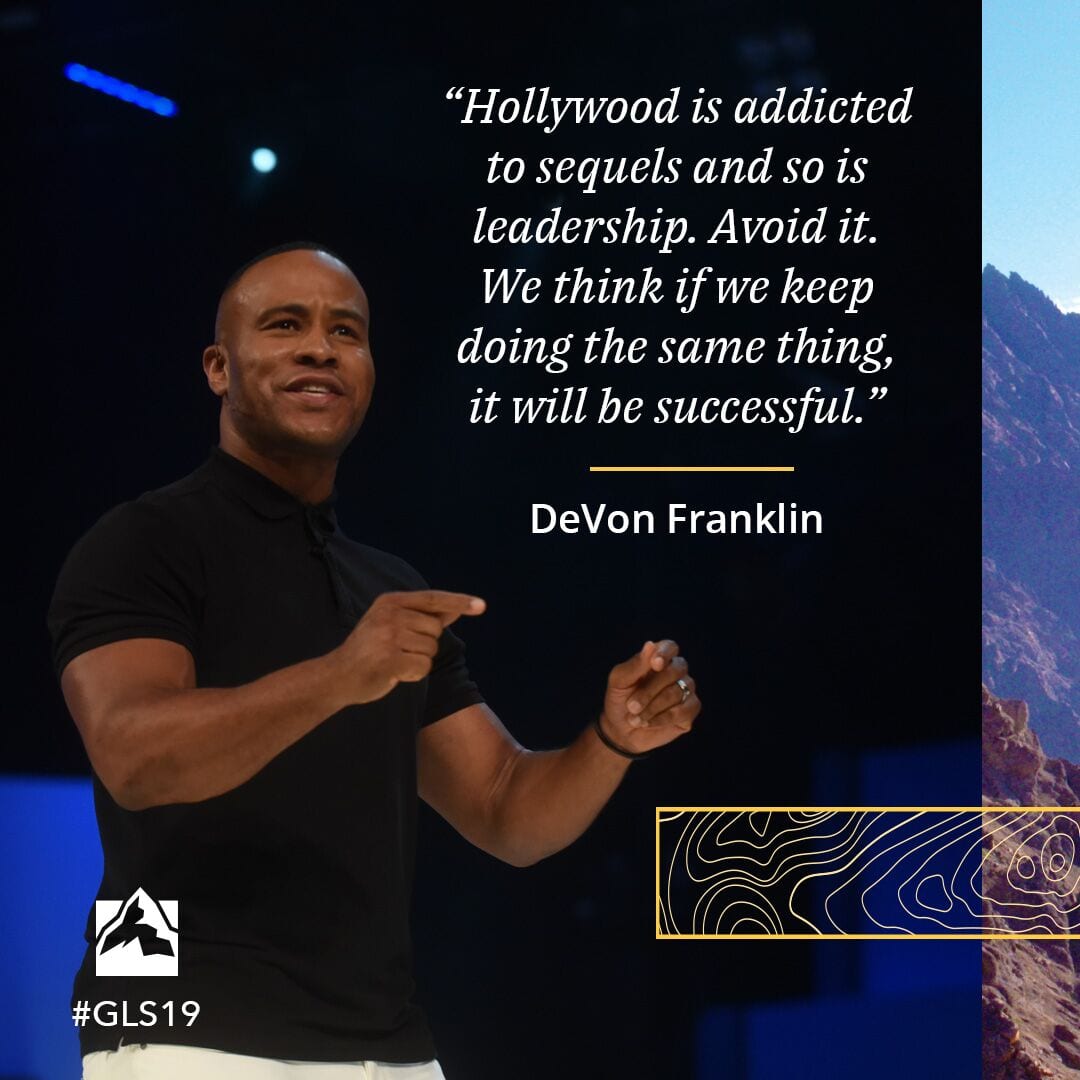
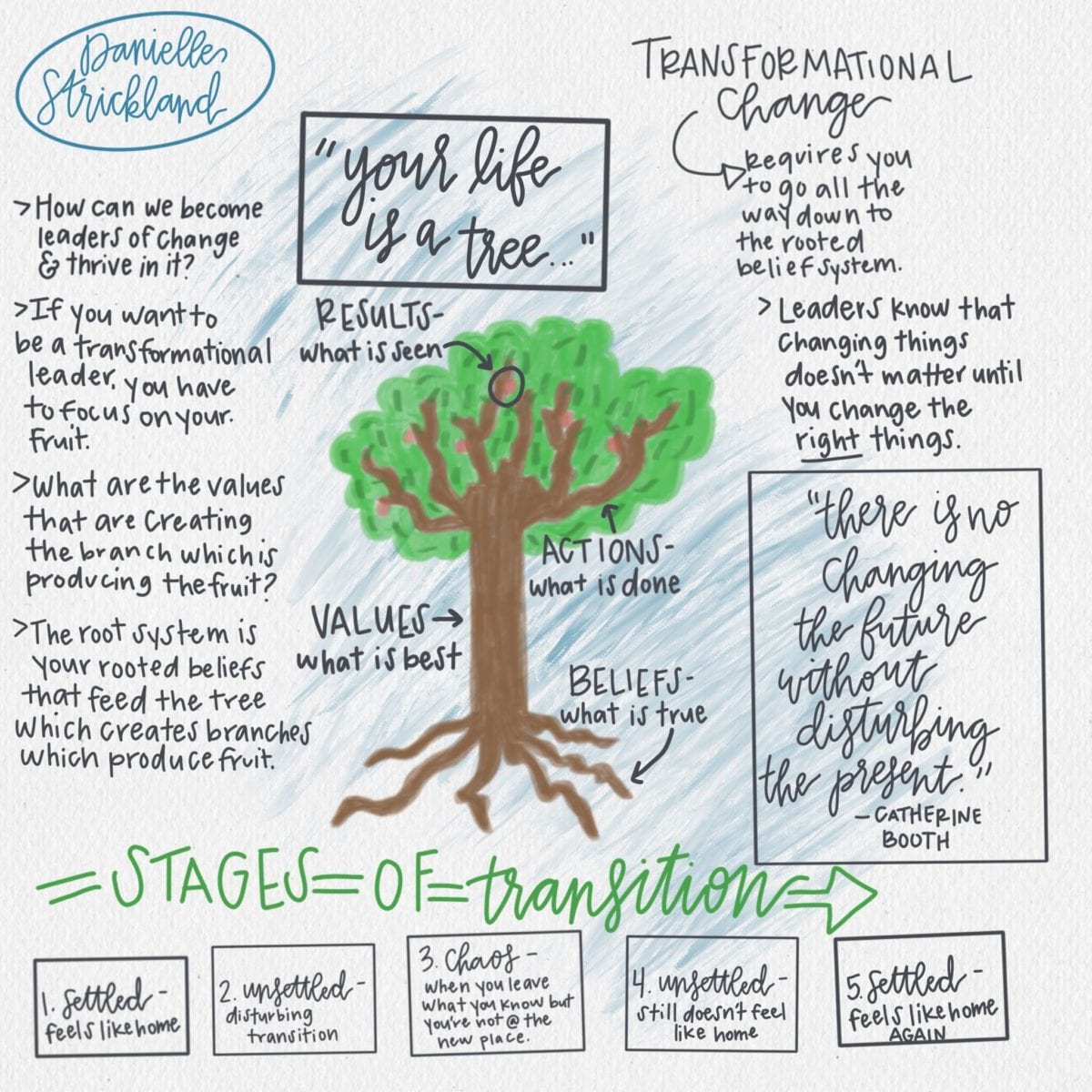




Recent Comments